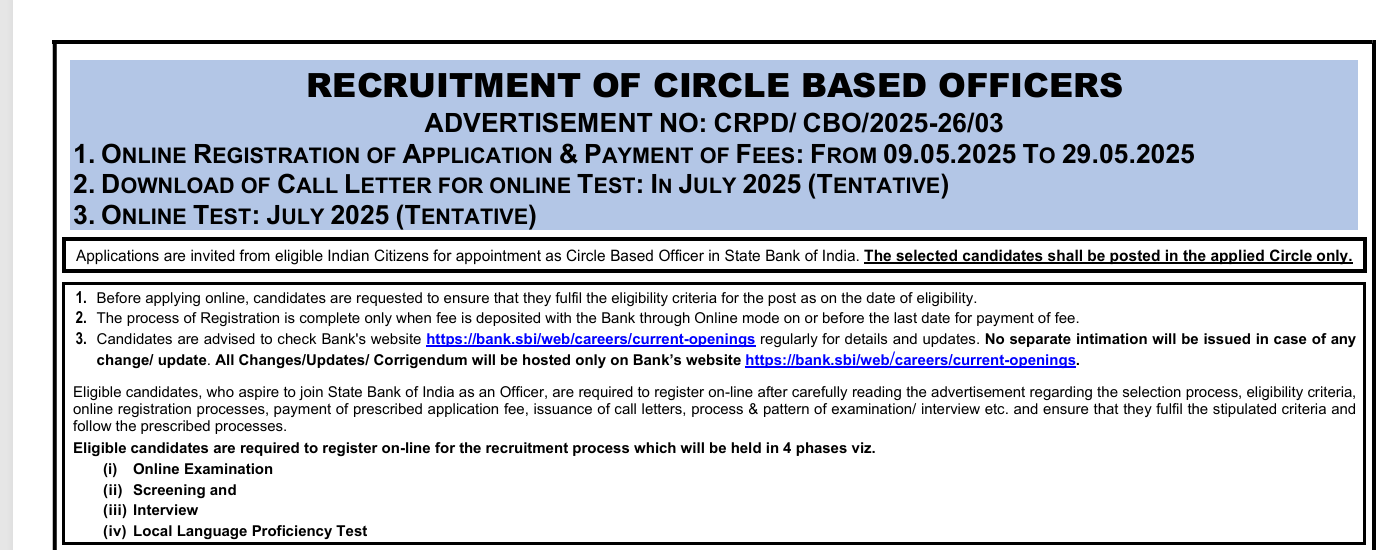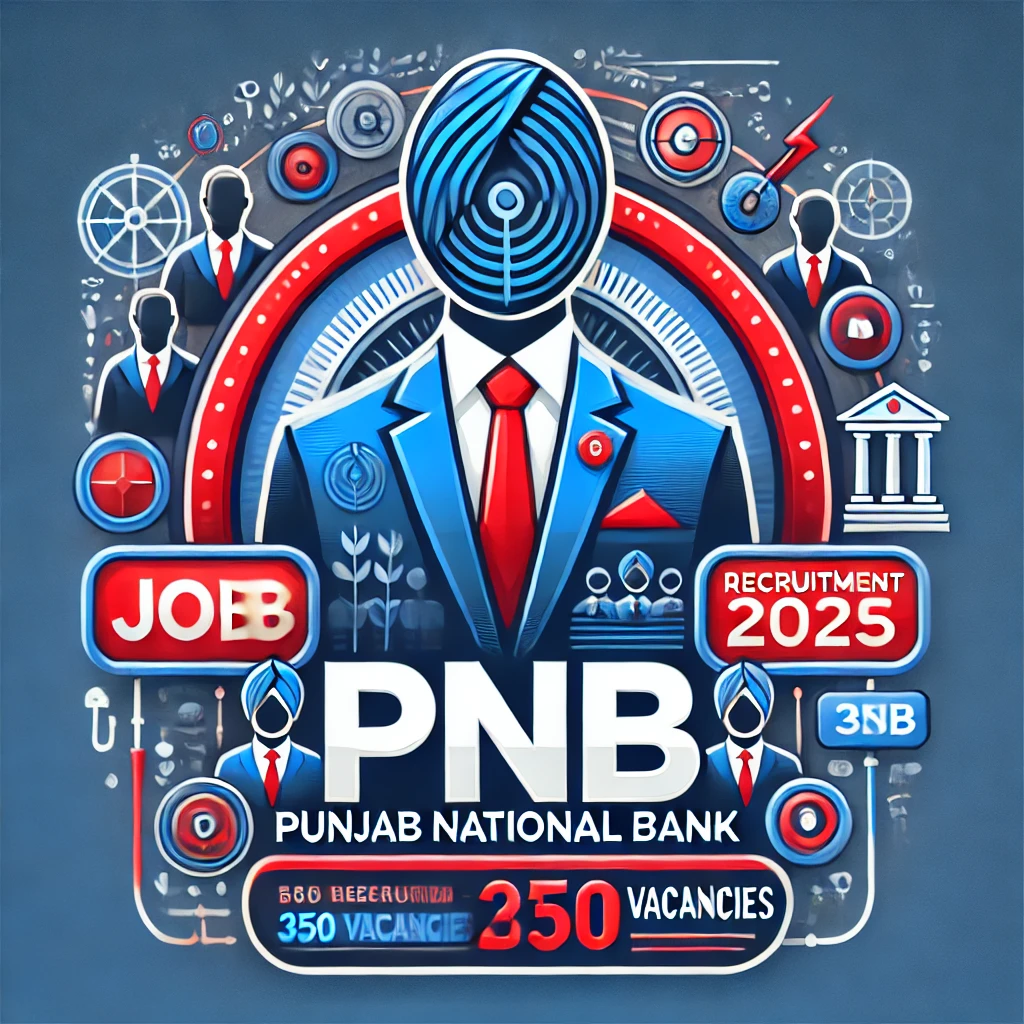
Types of Money
1. Commodity Money –
Commodity money value is derived from the commodity out of which it is
made. The commodity itself represents money and the money is the
commodity. For instance, commodities that have been used as mediums of
exchange include gold, silver, copper, salt, peppercorns, rice, large
stones, etc.
2. Representative Money – Representative Money
includes token coins, or any other physical tokens like certificates,
that can be reliably exchanged for a fixed amount/quantity of a
commodity like gold or silver.
3. Fiat Money –
Fiat money,
also known as fiat currency is the money whose value is not derived from
any intrinsic value or any guarantee that it can be converted into
valuable commodity (like gold). Instead, it
derives value only based on government order (fiat).
4. Commercial Bank Money –
Commercial bank money or the demand deposits are claims against
financial institutions which can be used for purchasing goods and
services.
5. Narrow and Broad Money –
Money supply, like
money demand, is a stock variable. The total stock of money in
circulation among the public at a particular point of time is called
money supply. RBI publishes figures for four
alternative measures of money supply, viz. M1, M2, M3 and M4.
They are defined as follows –
M1 = CU + DD
M2 = M1 + Savings deposits with Post Office savings banks
M3 = M1 + Net time deposits of commercial banks
M4 = M3 + Total deposits with Post Office savings organisations
(excluding National Savings Certificates) where, CU is currency (notes
plus coins) held by the public and DD is net demand deposits held by
commercial banks. The word ‗net‘ implies that only deposits of the
public held by the banks are to be included in money supply.
The
interbank deposits, which a commercial bank holds in other commercial
banks, are not to be regarded as part of money supply.
M1 and M2
are known as narrow money. M3 and M4 are known as broad money.These
gradations are in decreasing order of liquidity. M1 is most liquid and
easiest for transactions whereas
M4 is least liquid of all. M3 is
the most commonly used measure of money supply. It is also known as
aggregate monetary resources.








